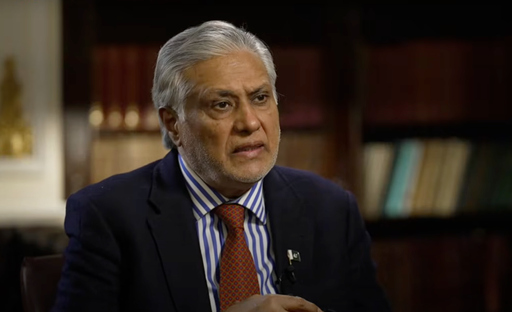Pakistan claims it downed five enemy warplanes in Indian airspace on May 7 immediately after its archrival conducted cross-border strikes on nine sites, killing at least 31 civilian Pakistanis.
The reported downing of India’s five fighter jets, including the top-of-the-line French aircraft Rafale, has raised questions about the technological balance between the two air forces locked in an increasingly bitter dispute.
If confirmed independently, the jet downings may affect the ongoing de-escalation of the military crisis, military experts say.
A top French official told US broadcaster CNN that Pakistan indeed shot down a Rafale fighter jet operated by the IAF. This could be the first confirmed combat loss of the sophisticated French-made aircraft.
“If Rafale fighter jets were indeed downed, that could be a significant step towards escalation,” Gilles Boquerat, a South Asian security analyst associated with French think tank Foundation for Strategic Research, tells TRT World.
The Rafale, a 4.5-generation multirole fighter acquired by India in 2020-22, represents the pinnacle of the Indian Air Force’s (IAF) aerial arsenal.
India paid approximately $8.7 billion to $9.4 billion for 36 Rafale jets at the time.
Any confirmed downings would not only dent New Delhi’s military prestige, but also signal its miscalculation in assessing Pakistan’s upgraded aerial strength, particularly its Chinese-supplied J-10C jets.
“It would be a deep embarrassment for the IAF, considering that (the Rafale) is the most sophisticated fighter in their inventory,” Boquerat says.
The New York Times quoted three anonymous Indian officials who confirmed that “some Indian aircraft had gone down” without elaborating on the details.
“It would mean that the IAF has not fully taken into consideration the operational capacity of the Pakistan Air Force (PAF),” Boquerat says, adding that India will preferably use ground-to-ground missiles in the coming days.
Mailk Qasim Mustafa, the director of the Arms Control and Disarmament Centre at the Institute of Strategic Studies, Islamabad, tells TRT World the shooting down of three advanced French planes is a “serious cause for concern” for Dassault Aviation, the maker of one of the most advanced and versatile fighter jets in the world.
“It may impact its future deals with other countries,” he says.
Last month, India signed a deal with France to buy 26 Rafale fighter aircraft worth $7.4 billion for its navy.
“There is a possibility that the maker of the Rafale will probe this matter,” Mustafa adds.

How technology changed aerial combat
Per their own accounts, both countries carried out deadly precision strikes of May 7 from the safety of their own territories and airspace.
The calculated restraint displayed by the two sides was in stark contrast to many past conflicts, including the most recent 2019 Balakot crisis when Pakistani jets made a retaliatory incursion into India’s airspace amid heightened war hysteria.
Analysts say domestic pressure for military action coupled with international calls for restraint played a role in preventing both countries from entering each other’s territory.
In addition, recent advancements in stand-off weapons – missiles launched at a long distance from the target to avoid defensive fire – enabled the two countries to hit targets while steering clear of territorial incursions.
“Once technology provides you with an option to achieve your desired objectives, there is no need to cross the international border and escalate the situation,” Mustafa says.
Both nations have loaded up on lethal weaponry in recent years. The IAF currently operates 36 Rafale jets. Even though the French aircraft is not a stealth jet, it is promoted as having a “low profile” that is hard to detect on radar.
These planes are also equipped with long-range SCALP and Meteor missiles, which can destroy targets from a distance of 150 kilometres to 300 kilometres.
Similarly, the PAF inducted 25 J-10C jets in 2022. These are state-of-the-art Chinese fighter planes fitted with air-to-air missiles called PL-15, a weapon that China developed for its own exclusive use.
Reports say it was the first time that this long-range missile was used in live combat.
The sites that India targeted in the May 7 strikes were “close enough to the border” that New Delhi could hit them without having to fly its jets into Pakistani territory, Boquérat adds.
Avoiding airspace violations minimised the risk of direct dogfights or capturing pilots, as occurred in 2019 when Pakistan captured Indian pilot Abhinandan Varthaman after shooting down his aircraft for violating Pakistani airspace.
“(There is) no need to cross borders if you can strike from your own territory,” says Boquerat.



















